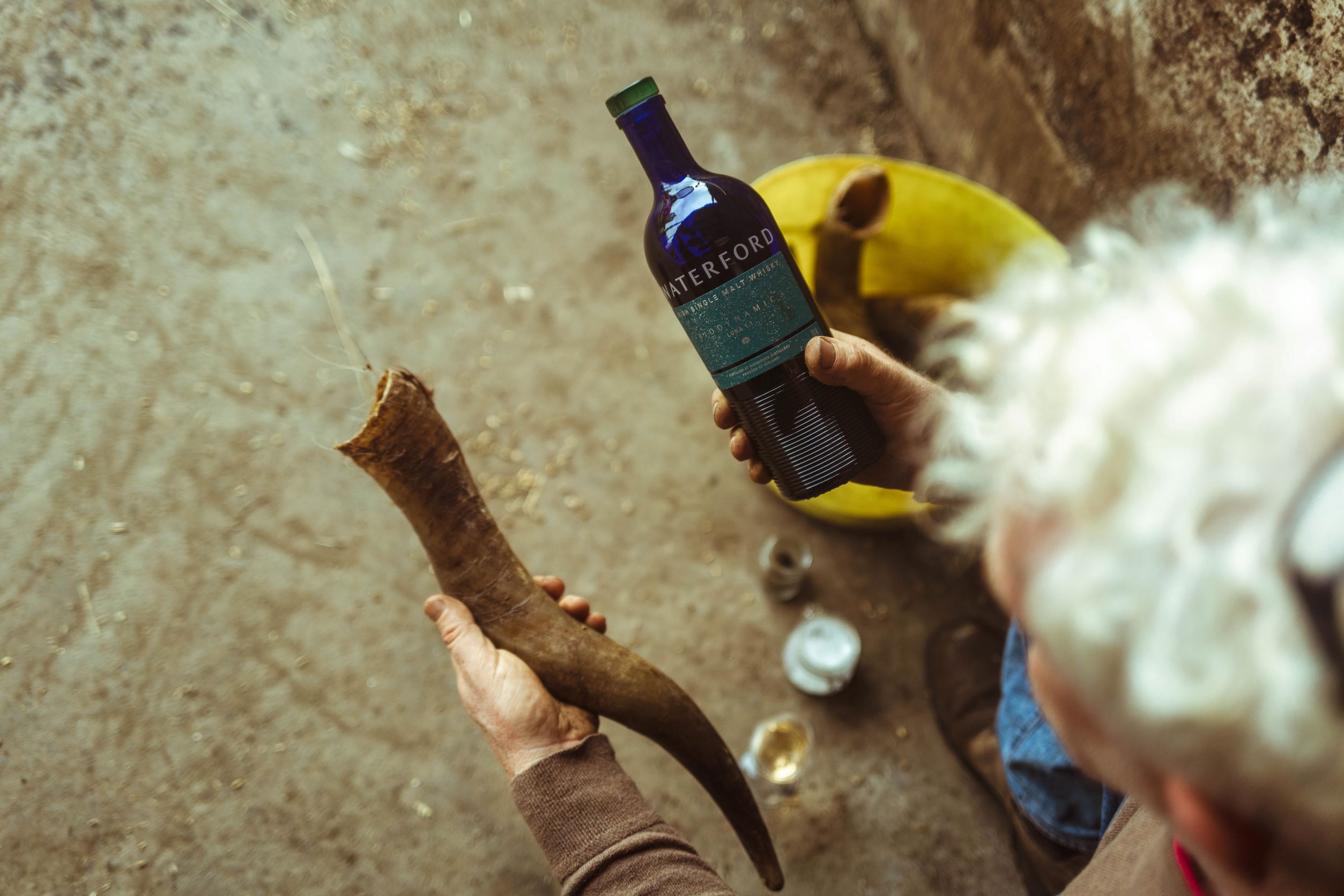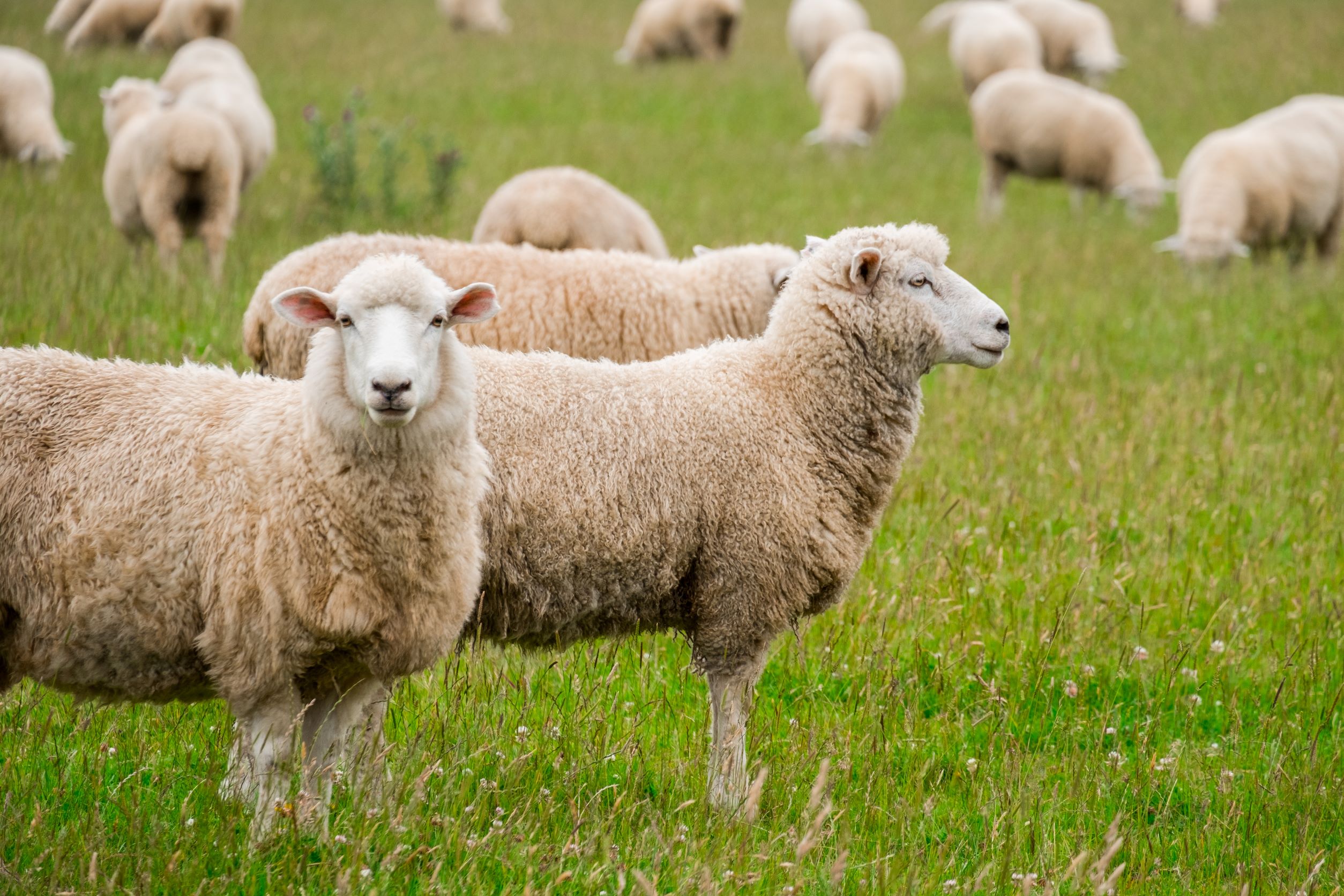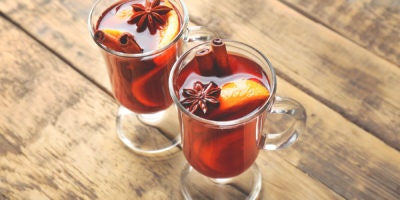Mark Reynier’s Waterford Distillery in Ireland sure knows how to twist the logic handles on whiskey traditions. The distillery is only a few years old and already the team has come up with concepts that until now were virtually verboten to many others in the whiskey industry. They’ve worked with unique casks. They deal with single-origin barleys from small farmers. And they’ve recently worked with Oregon State University to once and for all prove that when handled correctly, whiskey does indeed showcase terroir. One of the distillery’s most recent releases, Biodynamic: Luna 1.1, is out to illustrate another bizarre concept in the realm of grain spirits: biodynamics.
What Does Biodynamics Mean?
If you aren’t familiar with the concept of biodynamics, don’t worry. You’re not alone. Unless you’re a diehard oenophile or counter-culture agriculture obsessive, you’ve likely not come across the term before. Biodynamics is an agricultural philosophy that treats the farm as one large organism. It is an incredibly holistic approach to farming that has its roots in the writings of early 20th century scientist and philosopher Rudolph Steiner. Adherents create biologically diverse ecosystems of both plants and animals on their farms so that everything is well integrated.
 Whiskey at Waterford /Photo Credit: Waterford Distillery
Whiskey at Waterford /Photo Credit: Waterford Distillery
Farmers keep close watch on lunar cycles and will douse the soil with medicinal herbs such as chamomile and yarrow. Even the type of lumber used to build farm buildings is regulated. To the casual observer, some of it sounds ridiculous. But when you get to talking with a few of the practitioners, you find that most of them are truly on-board. Quite a few biodynamic farmers will admit that they don’t understand why or how it all works; it just does.
In some ways biodynamics is just a more esoteric form of organic agriculture. However, this is seriously selling the whole practice quite a few acres short. The end goal is for the farm to become one giant living, breathing organism, where plants and animals not only live in harmony but actually reach a state of mutual benefit. This is metaphorically not too far removed from the various cells that make up the human body, where each cell and cell type has a role to play in supporting the larger human organism.
Biodynamics in Whiskey
In a recent interview, Reynier was quoted as saying, “Many of the world’s very greatest winemakers follow biodynamic farming to produce the most exquisite flavours … Malt whisky already is the most complex spirit in the world thanks to the barley from which it is distilled, and with a biodynamic cultivation regime there is the ultimate opportunity to enhance its flavour … It makes little financial sense, but for taste — for taste alone — it is the holy grail. Simply put: the healthiest possible soil equals the best possible flavour.”
Now, does the practice of biodynamics actually produce a better flavor in spirits? The answer is certainly debatable. However, no matter which side you land on the biodynamic fence, there are a small but growing number of spirits producers releasing biodynamic spirits.
Other Biodynamic Products
Marian Farms in Fresno, California produces certified biodynamic and organic brandies. It produces a 5-year-old biodynamic brandy aged in French oak. It has notes of toasted oak and maple with lovely fruit tones and a smooth texture.
 Sheep on the farm
Sheep on the farm
In Ontario we find Tawse Winery producing a wonderful array of spirits, wines, and bitters. Many of its products are certified organic or were harvested from organic vineyards. However, the bitters are certified organic and biodynamic. Their bitters portfolio will make a cocktailian’s mouth water with flavors such as lemon, orange, lavender and cherry bark. The bitters are all produced using alcohol distilled from heavily aromatic Riesling grapes.
Is This a Trend or the Future?
As more folks learn about biodynamics it is incredibly likely that we’ll see more farmers of fine fermentables producing products for distilleries. After all, if you can get past the hazy gauze of some of biodynamic’s more peculiar practices (stuffing cow horns with manure and burying them in the ground to improve the soil, for instance) the overarching concept and holistic approach is actually quite attractive to many people. When you live in a world that is daily viewed at 120 frames per second, it can be wholesomely comforting to find products produced from practices that are more grounded.
The science behind many of these practices is still a bit murky in some areas. And what has been researched in the realm of alcohol deals primarily with viticulture. However, generally it is understood that biodynamics will increase biodiversity on a farm while often lowering yields. Without citing an entire graduate-level botany course, the end effect of reduced growth often (but not always … it’s complicated) translates into the plant producing seeds (grapes or barley kernels for instance) that have greater levels of survival attributes, such as more inviting aromas and sugars in grapes or increased starches in barley perhaps.
Could the practice of biodynamics be just another cultural trend, doomed to the dustbin of history’s food fads like fancy fondue and the Tequila Sunrise? Maybe, but it seems unlikely. The movement has been gaining steam for decades and we likely are nowhere close to its nadir. If biodynamics continues its creep into the spirits world similar to what it has done for wine, we will continue to see releases like Waterford Luna. And as long as the flavor is there, then we should expect consumers to pay attention, willing glass in hand.


